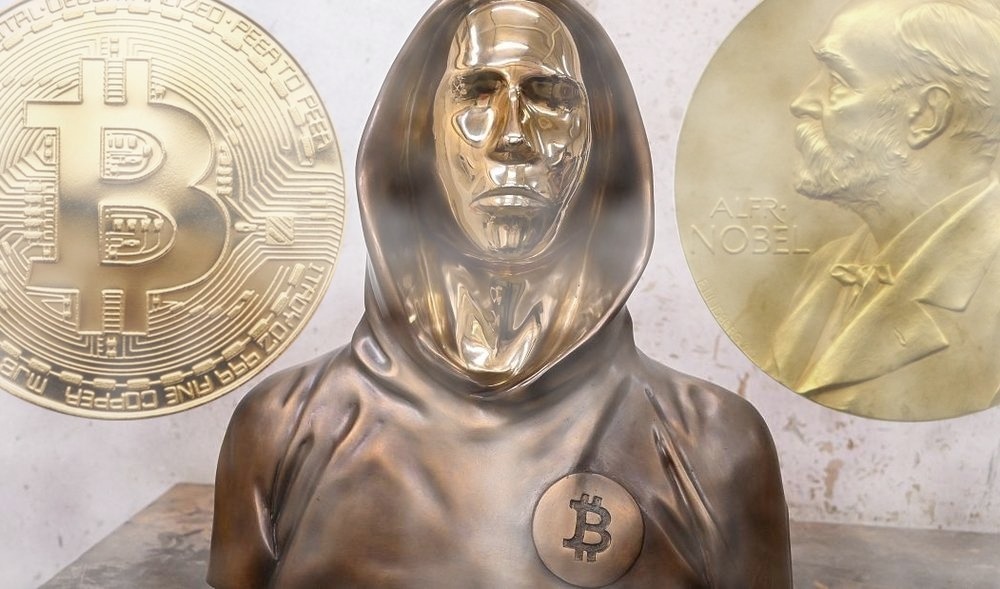Table of Contents
Donald Trump’s presidency has been a massive letdown for Bitcoin investors. On the day of his inauguration, Bitcoin hit an all-time high of $109,000, only to plummet to a temporary low of $78,000 just weeks later. While the price has since recovered slightly to $87,500, volatility under Trump remains sky-high.
Did Trump Orchestrate a Pump-and-Dump?
Rumors are swirling that Trump may have engineered a pump-and-dump scheme tied to his announcement of a Bitcoin reserve on Sunday. Allegedly, he leaked the news to his inner circle ahead of time, allowing them to place massive long positions and profit handsomely from the spike.
Donald Trump, the first crypto President, just helped pull off the biggest crypto rug pull of all time. A Congressional investigation is now warranted to find out the following regarding this pump and dump scheme.
Who authored the two Sunday afternoon posts on the President's…
— Peter Schiff (@PeterSchiff) March 3, 2025
How Does the Economy Affect Bitcoin?
It’s clear that Trump hasn’t exactly been Bitcoin’s best friend, sowing uncertainty and confusion at every turn. The same can be said for the broader economy, which is currently flashing mixed signals.
For instance, after 26 consecutive months of contraction, the industrial health index finally showed a positive reading (anything above 50 indicates expansion). In February, the Manufacturing PMI remained above the crucial 50-point mark, signaling a potential turnaround.
According to Raoul Pal, this indicator is one of the most critical metrics for the economy and financial markets. He explains:
“This indicator leads the economy by about a month—not just the economy, but every single asset class.”
His claim is backed by a study from S&P Global Market Intelligence, which found that PMI data has accurately predicted every corporate earnings shift over the past 14 years.
A 74% Correlation Between PMI and Corporate Profits
S&P Global states that there is a 74% correlation between the PMI-based earnings indicator and actual corporate earnings in the U.S. In short, when PMI goes up, profits tend to follow—and so do riskier investments.
It’s Not Just Stocks—Bitcoin is in the Mix Too
Stocks aren’t the only assets linked to PMIs—virtually every risk asset on the planet, including Bitcoin, is tied to economic cycles in some way.
“This is because strong economic growth, strong corporate earnings and low probability of recession allows investors to move out along the risk curve,” explains TomasOnMarkets.
⬆️ The business cycle is turning up – and this could be very good news for risk assets
There's currently a lot of uncertainty and fear about tariffs.
But underlying this is a very strong fundamental outlook for risk assets.
The business cycle is improving – here's what that… pic.twitter.com/7R4ITkakPb
— Tomas (@TomasOnMarkets) February 4, 2025
Looking at Bitcoin through the PMI lens, the confusion surrounding the 2021 bull market suddenly makes a lot more sense. Back then, many expected an explosive price surge—but it never truly materialized.
In reality, Bitcoin’s price peak closely mirrored the peak of the U.S. economic cycle. When economic growth stalled, Bitcoin’s momentum fizzled out. But now, with a new upward trend in the cycle, Raoul Pal predicts that Bitcoin should benefit once again.
Final Thoughts
While Trump’s influence on Bitcoin has been a rollercoaster ride of price crashes and manipulation rumors, the bigger picture suggests that macroeconomic factors like PMI are far more important for Bitcoin’s long-term trajectory. If the economic cycle turns bullish again, Bitcoin might be gearing up for another big run—regardless of what Trump does next.
- Michael Saylor’s Company Strategy Hints at Possible BTC Sale in Case of Extreme Financial Stress - April 9, 2025
- The team behind the Melania memecoin secretly sold $30 million worth of tokens. - April 9, 2025
- U.S. Authorities Seek to Uncover Bitcoin Creator’s Identity Through Legal Action - April 9, 2025



























